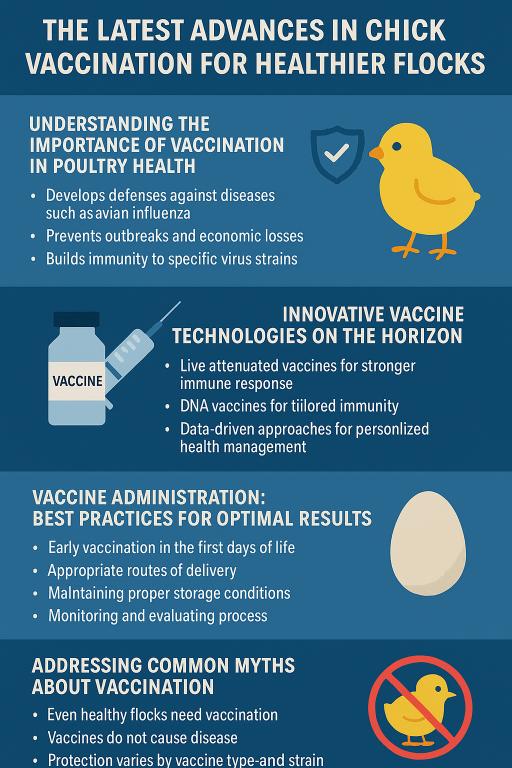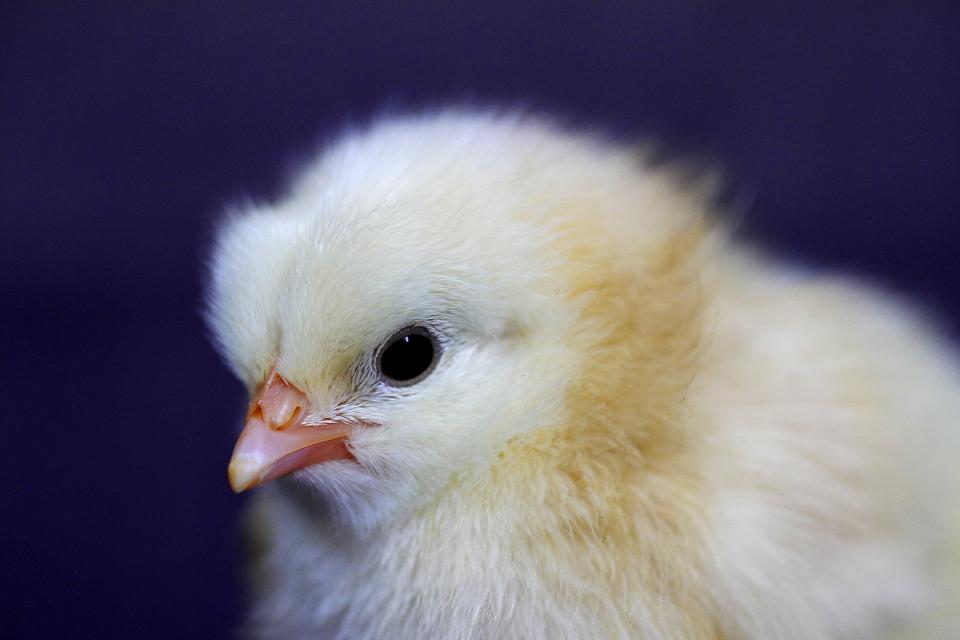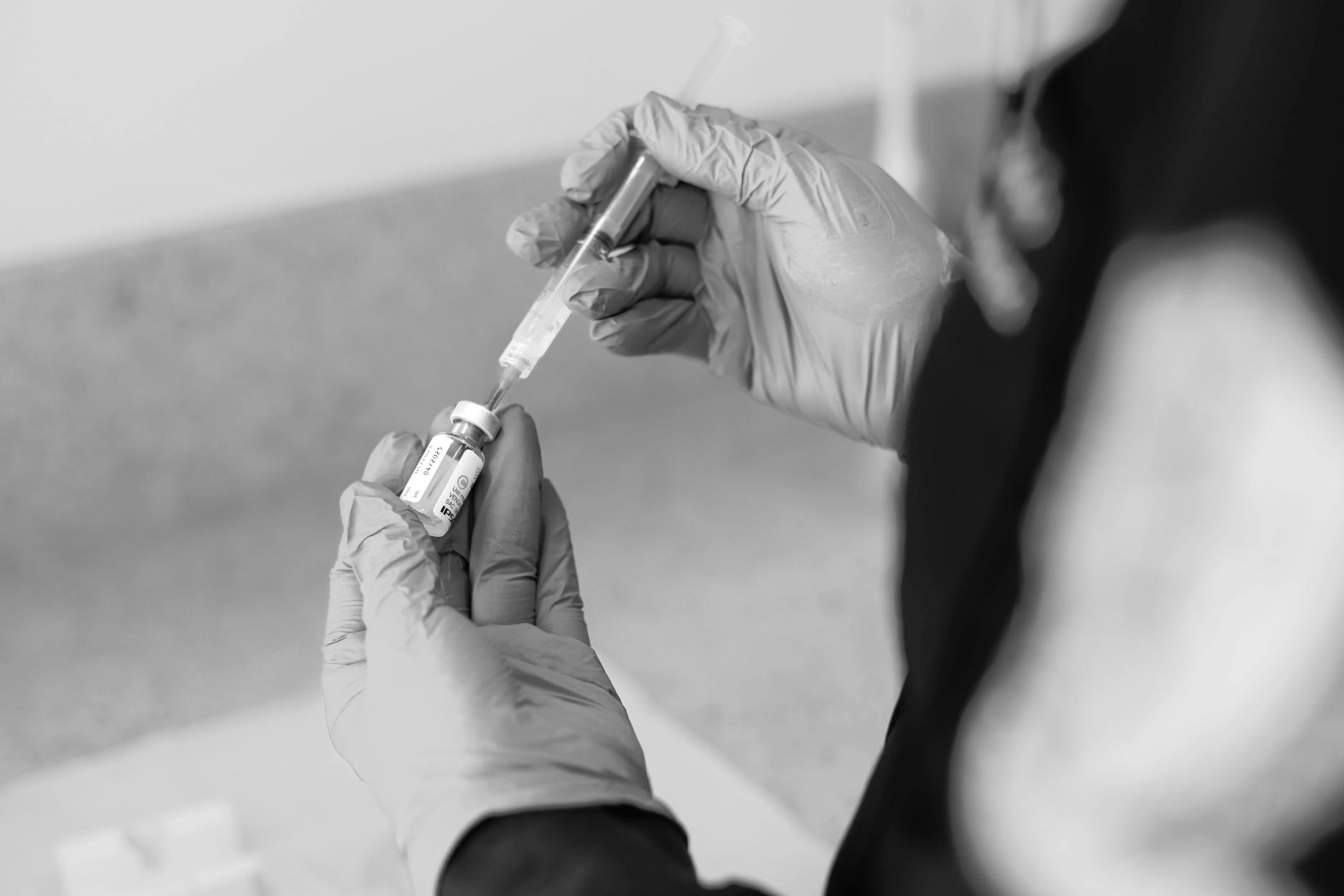In the ever-evolving world of poultry health, the vaccination of chicks stands as a pivotal component in safeguarding our avian populations against rampant diseases. As we navigate through various viruses, particularly the notorious avian influenza (AI) and its different strains, it becomes vital to stay abreast of the technological strides made in vaccines.
This article unpacks the latest advancements in chick vaccination to promote healthier flocks, emphasizing the importance of immune responses and effective vaccine administration.
Understanding the Importance of Vaccination in Poultry Health
Vaccination plays a crucial role in maintaining the health of poultry, ensuring that birds develop strong defenses against potential viruses. The impact of diseases on poultry production can be devastating, as Poultry CEVA explains, not only affecting the health of individual birds but also leading to significant economic losses. Vaccination serves as a frontline defense, enabling producers to cultivate robust flocks that can withstand virulent threats.
Recent research highlights the significance of vaccination against HPAI (Highly Pathogenic Avian Influenza) in preventing outbreaks that could endanger entire poultry operations. By vaccinating chicks early in their lives, we can help them build immunity to specific strains of the virus, thereby limiting transmission and minimizing the risk of severe disease.

Moreover, the administration of vaccines must be approached with precision. Selecting the appropriate vaccine based on local virus strains ensures that the chicks receiving the doses are better equipped to fight off infections. The understanding of which viruses pose the greatest threat in a given region is paramount for effective vaccine strategy.
As we become more knowledgeable about avian health, data from recent studies reveals that vaccination not only protects against existing diseases but also prepares flocks for potential future outbreaks. The continuous evolution of viruses necessitates that we adapt our strategies accordingly. With these advancements, the poultry industry is positioned to face emerging health challenges head-on.
Innovative Vaccine Technologies on the Horizon
The landscape of poultry vaccination is witnessing rapid advancements, particularly through the development of innovative vaccine technologies. Traditional vaccines, while effective, often have limitations in terms of efficacy and safety. Enter the new wave of vaccination strategies that employ cutting-edge techniques to bolster avian health.
One such advancement is the use of live attenuated vaccines, which contain weakened forms of the virus that stimulate a robust immune response without causing disease. These vaccines have been shown to produce higher levels of immunity in chicks and provide longer-lasting protection against avian influenza and other viruses.
Research indicates that live vaccines can minimize the number of doses required for effective vaccination, streamlining the administration process and improving overall flock health.
Another promising area is the development of DNA vaccines, which utilize genetic material to prompt the bird’s immune system to produce proteins similar to those found in the actual virus. This method enables a tailored immune response and reduces the risk of reversion to virulence, a concern with some traditional methods.
Early trials show that chicks vaccinated with DNA vaccines display strong immune responses against HPAI and other prevalent diseases.
Furthermore, the integration of data analytics and artificial intelligence in vaccine development and administration is paving the way for personalized poultry health management. By analyzing environmental factors, infection rates, and immune responses, producers can optimize their vaccination schedules to fit the unique needs of their flocks.
This data-driven approach enhances both the effectiveness and efficiency of vaccine administration, leading to healthier birds and more productive farms.
Vaccine Administration : Best Practices for Optimal Results
The success of any vaccination program hinges not only on the choice of vaccine but also on the methods of administration. Proper techniques and timing are critical in ensuring that chicks receive the full benefits of vaccination. To achieve outstanding results, attention to detail during the vaccine administration process is essential.
Firstly, timing is key. Chicks should ideally be vaccinated at a young age, preferably within the first few days of life.
Early vaccination helps to establish immunity before the birds are exposed to potential disease threats. Research shows that administering vaccines at key developmental stages maximizes the likelihood of robust immune responses.
Secondly, the route of vaccine delivery can significantly impact efficacy. Options include subcutaneous, intramuscular, and oral administration, each with its own advantages. For instance, oral vaccines are generally easier to administer on a large scale and can be more palatable for chicks, increasing the likelihood of full vaccine uptake.
Moreover, maintaining proper storage conditions for vaccines is crucial. Temperature fluctuations can reduce vaccine potency, compromising the immune response in chicks. Producers should ensure that vaccines are stored at recommended temperatures and used within their expiration dates.

Lastly, monitoring and evaluating the vaccination process should not be overlooked. Tracking data on vaccine uptake and subsequent health outcomes allows producers to refine their vaccination strategies over time. By learning from each vaccination cycle, poultry operations can continually enhance their approaches to safeguarding flock health.
Addressing Common Myths about Vaccination
Despite the clear benefits of vaccination, misconceptions often cloud public understanding of its importance in poultry health. It is crucial to address these myths to foster a more informed perspective among poultry producers and consumers alike.
One common myth is that vaccination is unnecessary if the flock appears healthy. In reality, even healthy birds can carry latent infections that can emerge under stress or environmental changes. Regular vaccination is a proactive measure that helps maintain flock health and prevent potential outbreaks.
Another prevalent belief is that vaccines can cause disease in birds. This misconception stems from the misunderstanding of how certain live vaccines function. While these vaccines contain weakened viruses, they do not cause the full-blown disease. Instead, they stimulate the immune system to recognize and fight off future infections effectively.
Additionally, some producers worry that vaccination can lead to poor growth rates or decreased productivity. On the contrary, studies consistently show that vaccinated flocks exhibit better overall health, leading to improved growth rates and higher meat and egg production. The benefits of preventing disease far outweigh any perceived drawbacks.
Lastly, the belief that all vaccines provide the same level of protection against avian influenza is misleading. Vaccines are designed to tackle specific strains, and choosing the correct vaccine for your region is vital.
Producers should consult with veterinarians to ensure they are using the most appropriate products for their flocks. As we delve deeper into the latest advancements in chick vaccination, it becomes evident that a proactive approach to poultry health is essential for thriving flocks.
The evolving landscape of vaccines, bolstered by innovative technologies and strategic administration practices, equips us to combat emerging viruses effectively. By fostering a deeper understanding of the role of vaccination in poultry health, we can cultivate resilient avian populations that contribute to the sustainability of our agricultural systems.
In this era where avian influenza and other diseases pose significant threats to poultry, staying informed and adapting our strategies is paramount. We can ensure healthier, more productive flocks by addressing common myths, optimizing vaccine administration, and embracing new technologies.
The future of poultry health rests in our hands, and through informed practices, we can secure the well-being of our birds and the prosperity of the poultry industry.



